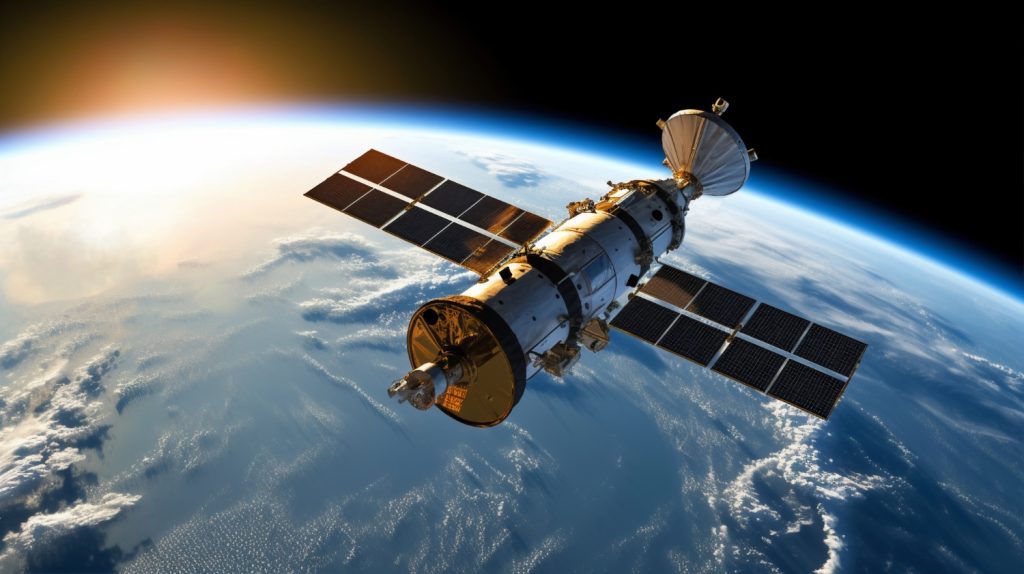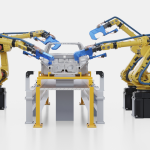As global supply chains continue to stretch into remote and underserved regions, traditional connectivity solutions often fall short. Satellite IoT technologies, powered by industry leaders such as SpaceX, Inmarsat, and others, are now bridging this gap. These advancements offer a clear path to real-time visibility, reducing risks like spoilage, theft, and delays for industry professionals overseeing complex operations.
Maersk Leads the Way in Real-Time Reefer Monitoring
As global supply chains expand, so does the need for reliable, real-time asset tracking, especially in remote or underserved regions. Cellular and terrestrial networks often fall short, leaving operations vulnerable to delays, spoilage, and security issues.
Satellite-based Internet of Things (IoT) technology provides a robust solution with global coverage and low-power, low-bandwidth connectivity.
One company making significant strides in this space is Maersk, the world’s leading container shipping company. In collaboration with ORBCOMM, Maersk has equipped over 270,000 refrigerated containers (reefers) with satellite IoT devices.
These telematics systems provide continuous, real-time data on temperature, location, and other critical conditions that are essential for preserving the integrity of perishable goods. This solution ensures that Maersk can monitor its fleet even when containers are en route through areas where terrestrial networks are unavailable.
By leveraging satellite IoT, Maersk not only reduces spoilage and loss but also improves operational efficiency. The ability to detect temperature fluctuations or other anomalies allows for quick intervention, enhancing both customer satisfaction and supply chain resilience.
Global Connectivity: The New Standard for Remote Asset Tracking
Maersk’s initiative is just one example of how satellite IoT is being used to monitor and manage assets in remote environments. The technology is gaining traction across industries, from utilities to rail freight. For example, Cemig, one of Brazil’s largest electric utilities, partnered with Inmarsat to deploy satellite IoT systems that monitor the company’s vast power grid in real time.
With the ability to detect outages and manage maintenance without relying on terrestrial networks, Cemig has improved the reliability of its services, especially in Brazil’s remote regions.
Similarly, French rail operator Europorte is using Kinéis’ satellite IoT network to track rail freight assets. By equipping railcars with satellite-enabled trackers, Europorte gains visibility over its assets even when trains travel through areas with no cellular coverage. This real-time data enhances scheduling, optimizes load planning, and reduces downtime—all crucial for maintaining an efficient rail network.
Satellite IoT’s role in enhancing global visibility extends beyond just asset management. For instance, the collaboration between Swarm Technologies and GREATECH is helping to prevent flood damage in Europe by using low-cost satellite sensors for flood monitoring in remote areas.
These initiatives showcase the vast potential of satellite IoT to enhance both disaster preparedness and operations in areas where other technologies fall short.
Leveraging Satellite IoT for Long-Term Gains
The growing integration of satellite IoT technology into logistics and operational workflows reflects a pragmatic response to the increasing demands for visibility, efficiency, and resilience. While the technology holds great promise, its successful adoption requires careful consideration of factors like cost, scalability, and system compatibility.
Organizations must assess how these technologies align with their broader strategic goals, particularly in terms of regulatory compliance and sustainability.
As the technology continues to evolve and become more accessible, the real value will lie in how organizations integrate it into their existing infrastructure to drive long-term, sustainable improvements across their operations.







